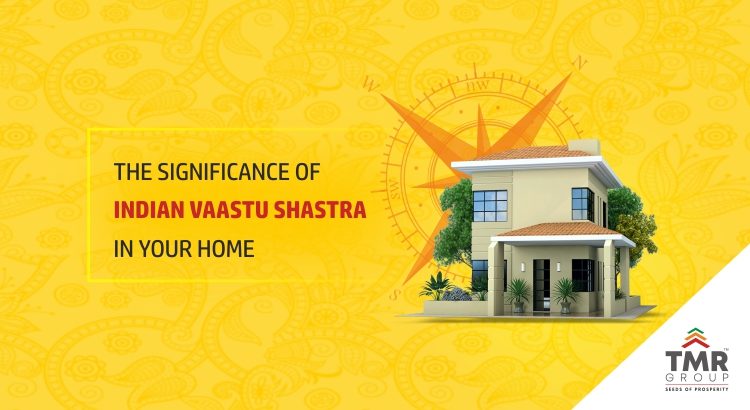Vaastu Shastra is an ancient system of architecture based on old texts that describe the layout, measurement, design, alignment, preparation of land, spatial arrangement of various structures along with ways to integrate them with nature. Each aspect has a benefit and is considered to be auspicious. While building a house or buying a home, it […]
Tag: Vaastu Shastra

5 Vaastu Plants that boast your Home energy and Health.
Have you noticed how soothing it feels amidst nature? It is because the colour green is associated to harmony and balance. Lately, indoor plants have become an addition to our home decor. These houseplants have a key role in Vaastu Shastra, an ancient architectural science, which emphasises the energy flow. According to its principles, plants […]

The significance of Indian Vaastu Shastra in your home
You love our home. Whenever we are tired, stressed or bored, you long to return to our cozy home. You want your home to an abode of health, happiness and harmony. You want to take in the positive energy and refreshing joy from your home before moving on into the outside world again. Indian Vaastu […]
